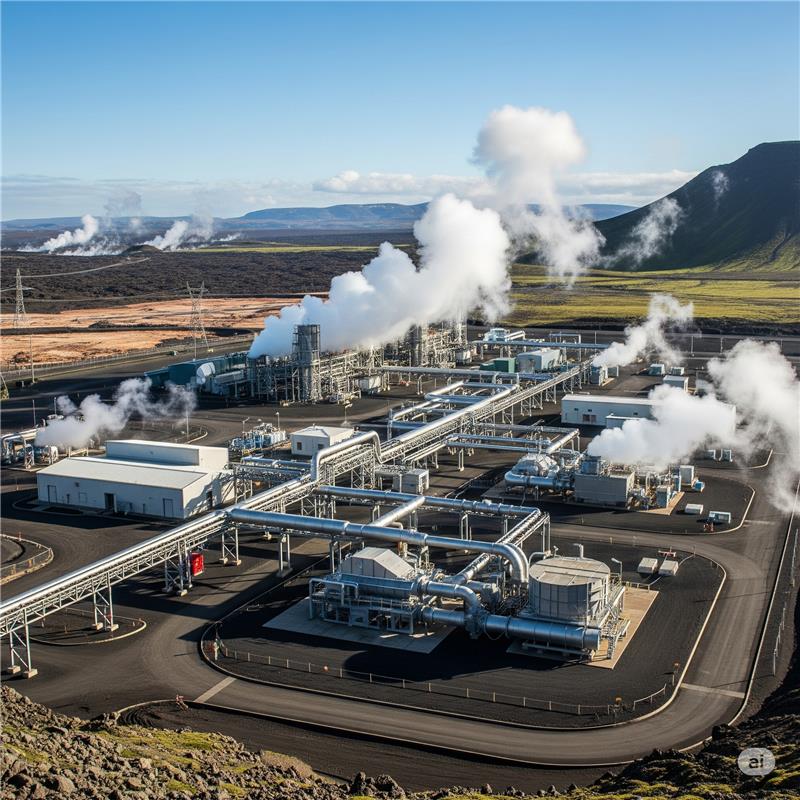Geothermal power plants convert the heat from the Earth’s core into electricity by drawing hot water or steam from underground reservoirs into a turbine-generator system.
The Eiselstein Energy Converter also uses water to generate electricity, but it does it more efficiently by using the weight of the water instead of flow and by using linear motion instead of rotary motion. It requires less footprint since the Eiselstein converter uses tanks to contain the water instead of drilling wells and building heat exchangers. It can be built on any area with significant water flow. The comparison of both energy converters is summarized in the table below:
| Factor | Geothermal Power Plant | Eiselstein Energy Converter |
| Dispatchability | High (where resource exists) | High, leverages perpetual water cycle; modular and distributed |
| Global Readiness | Mature in select regions; EGS/AGS expanding reach | Ready for rapid deployment where water infrastructure exists |
| Deployment Speed | Slow to moderate (years, due to drilling) | Rapid (weeks to months); can potentially upcycle wind turbine blades |
| Capital Cost | High upfront (drilling, exploration) | Lower upfront; can use existing infrastructure and materials |
| Operational Cost | Low | Very low (no fuel, minimal maintenance) |
| Scalability | Limited by geology and water | Scalable in any area with water flow or treatment plants |
| Environmental | Low emissions, but water/chemical management | No emissions, minimal footprint, upcycles waste materials |
| Funding | Supported by DOE and global agencies | Under US DOE EERE review; gaining recognition |
| Emergency Use | Reliable for baseload if sited correctly and faster than nuclear or large conventional hydro, but still requires significant site work | Ideal for distributed, resilient, and rapid response needs |
